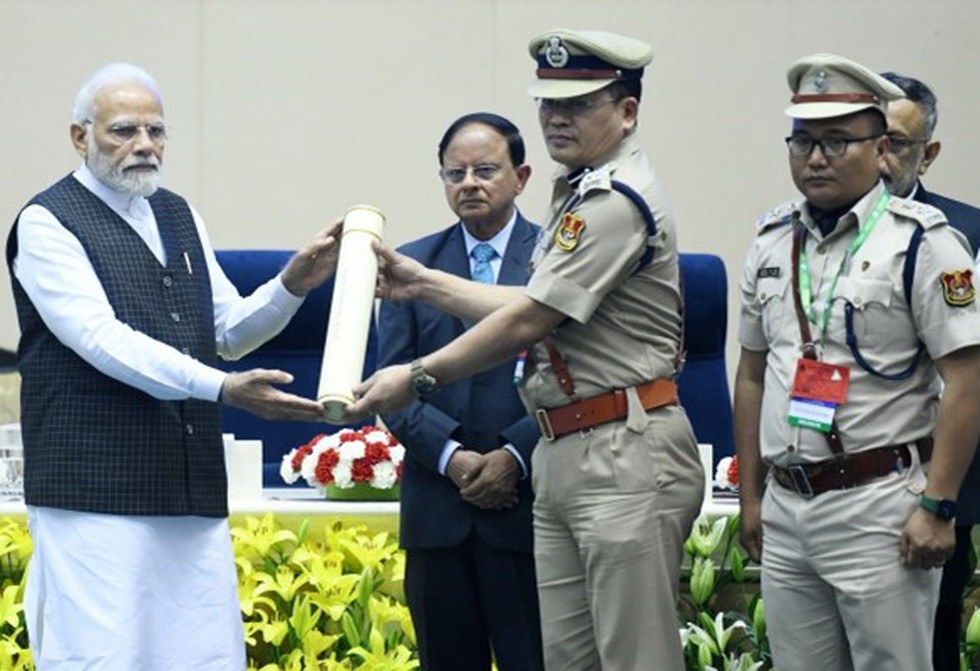
About Subhash Chandra Bose Aapda Prabandhan Puraskar:
- It is an award to recognize and honour the invaluable contribution and selfless service rendered by individuals and organizations in India in the field of disaster management.
- Eligibility :
- Only Indian nationals and Indian institutions are eligible to apply for the award.
- Institutions, voluntary organisations, corporate entities, academic/research institutions, response/ uniformed forces or any other institution may apply as an institution for the award.
- The candidate for the award must have worked in the area of Disaster Management like Prevention, Mitigation, Preparedness, Rescue, Response, Relief, Rehabilitation, Research/ Innovations or Early Warning related work in India.
- The award is announced every year on 23rd January, the birth anniversary of Netaji Subhash Chandra Bose.
- The award carries a cash prize of Rs. 51 lakh and a certificate in the case of an institution and Rs. 5 lakh and a certificate in the case of an individual.
2. Sodium Intake

Key Highlights of the report:
- Of the 194 WHO member states, 55 per cent have implemented sodium reduction policies and other measures through mandatory and voluntary approaches.
- The global average salt intake is estimated to be 10.8 grams per day, more than double the WHO recommendation of fewer than 5 grams of salt per day (one teaspoon).
- Bread and bread products are the most targeted food category for sodium reduction across the implemented reformulation policies in member states.
- This was followed by meat, poultry, game or fish, ready-made and convenience foods and composite dishes and savoury snacks.
- Key salt reduction measures will generate an extra year of healthy life for a cost that falls below the average annual income or gross domestic product per person.
What is Sodium?
- Sodium (Na) is a chemical element of the alkali metal group(Group 1 ) of the periodic table.
- It is a very soft silvery-white metal.
- It is the most common alkali metal and the sixth most abundant element on Earth, comprising 2.8 per cent of Earth’s crust.
- It shows an exploding reaction with water.
- It occurs abundantly in nature in compounds, especially common salt—sodium chloride (NaCl)—which forms the mineral halite and constitutes about 80 per cent of the dissolved constituents of seawater.
3. MSME Competitive (LEAN) Scheme
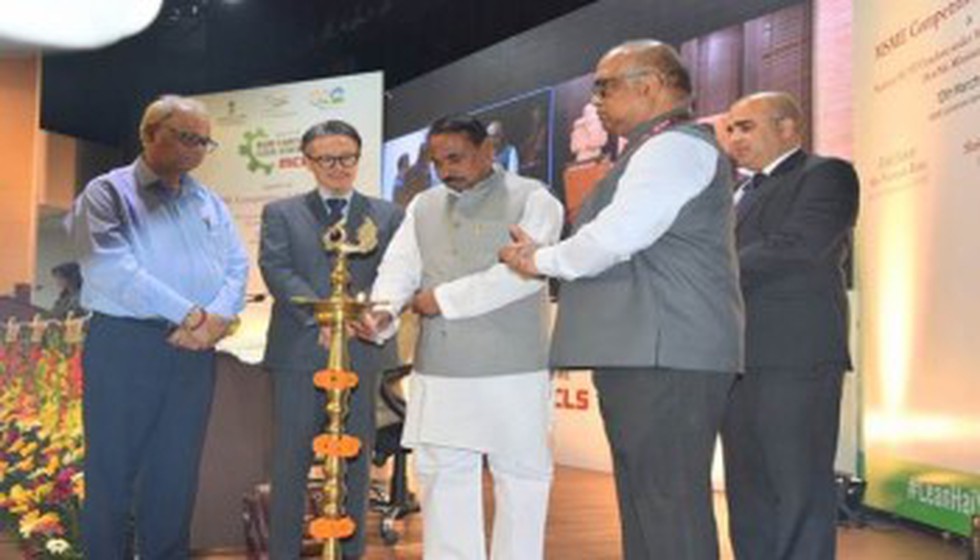
About MSME (LEAN) Scheme:
- The scheme attempt to improve quality, productivity & performance, and capability to change the mindsets of MSME manufacturers and transform them into world-class manufacturers.
- Objective: Through the LEAN journey, MSMEs can reduce wastages substantially, increase productivity, improve quality, work safely, expand their markets, and finally become competitive and profitable.
- Under the scheme, MSMEs will implement LEAN manufacturing tools like 5S, Kaizen, KANBAN, Visual workplace, Poka Yoka etc under the able guidance of trained and competent LEAN Consultants to attain LEAN levels like Basic, Intermediate and Advanced.
- Government support
- The government will contribute 90% of the implementation costfor handholding and consultancy fees.
- There will be an additional contribution of 5% for the MSMEs which are part of SFURTI clusters, owned by Women/SC/ST and located in the Northeast region.
- There will be an additional contribution of 5% for MSMEs which are registered through Industry Associations/ Overall Equipment Manufacturing (OEM) organizations after completing all levels.
4. Mhadei wildlife sanctuary
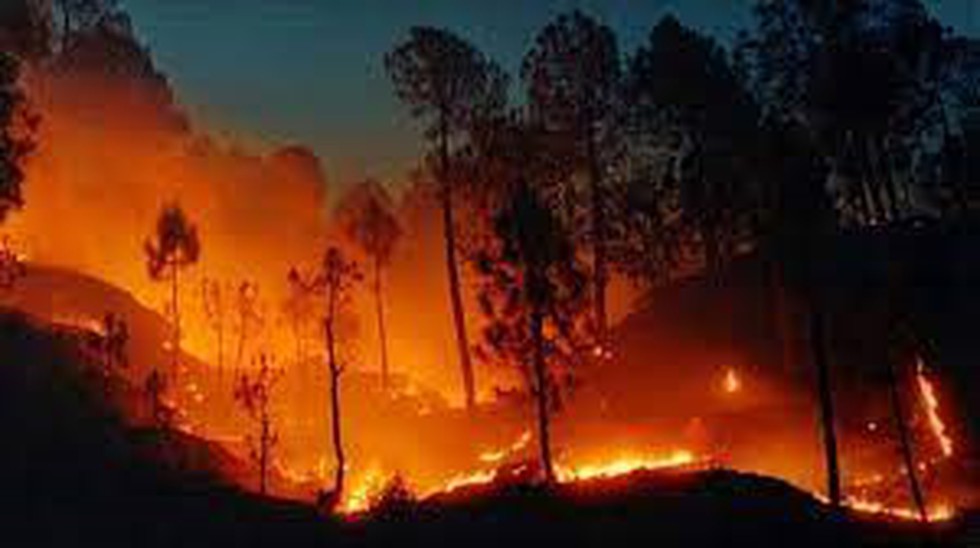
About Mhadei wildlife sanctuary:
- Mhadei wildlife sanctuary is located in the Northern Part of Goa, near the village of Valpoi.
- There are a number of picturesque waterfalls within the sanctuary boundaries. The most prominent are the Vazra Sakla Falls and the Virdi Falls.
- The cliff face near the Vazra falls is notable for being the nesting grounds of the critically endangered Long-billed vultures.
- Flora: The sanctuary is thickly forested with moist deciduous vegetation and some evergreen species too. The sanctuary is particularly well-known for its sacred groves that protect rare and indigenous trees.
- Fauna: Indian gaur, Barking deer, Sambar deer, Asian palm civet, small Indian civet, Wild boar, Indian hare etc.
- The sanctuary is a huge attraction for herpetologists since it contains a large variety of snakes including all of the ‘big four’ of Indian venomous snakes which are the Indian krait, Russell’s viper, Saw-scaled viper and Spectacled cobra
What are sacred grooves?
- Sacred Groves are the tracts of virgin forests that are left untouched by the local inhabitants and are protected by the local people due to their culture and religious beliefs.
- Sacred groves are relic vegetation of once dominant flora. They are repositories of our rich biodiversity; they are also the last bastion where the rich culture and the customs of the indigenous people are still preserved.
5. Mount Merapi
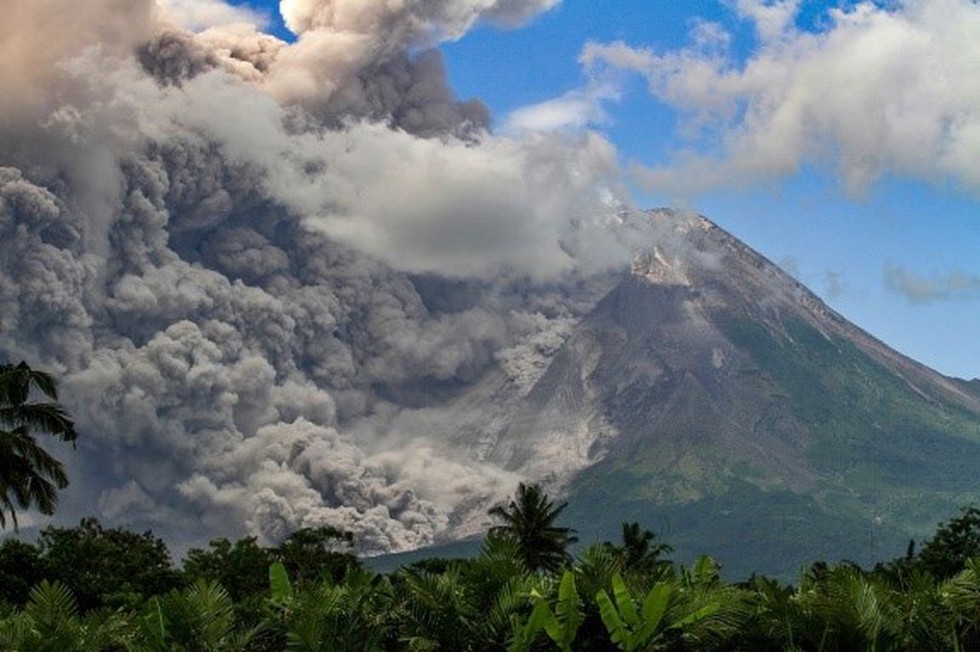
About Mount Merapi:
- Mount Merapi (Mountain of Fire) is one of the world's most active volcanos located in
- It rises to 9,551 feet and has steep slopes with dense vegetation on its lower flanks.
Why do more volcanoes occur in Indonesia?
- Indonesia is located on the Ring of Fire, a vast area around the Pacific Ocean.
- It consists of over 17,000 islands and islets — and nearly 130 active volcanoes.
- The Ring of Fire also referred to as the Circum-Pacific Belt, is a path along the Pacific Ocean characterized by active volcanoes and frequent earthquakes.
- The abundance of volcanoes and earthquakes along the Ring of Fire is caused by the amount of movement of tectonic plates in the area.
- Along much of the Ring of Fire, plates overlap at convergent boundaries called subduction zones. That is, the plate that is underneath is pushed down, or subducted, by the plate above. As rock is subducted, it melts and becomes magma.
- The abundance of magma so near to Earth’s surface gives rise to conditions ripe for volcanic activity.
- A significant exception is a border between the Pacific and North American Plates. This stretch of the Ring of Fire is a transform boundary, where plates move sideways past one another.
- This type of boundary generates a large number of earthquakes as tension in Earth’s crust builds up and is released.
6. What are Virtual Digital Assets (VDA)?

About Virtual Digital Assets (VDA):
- According to the Income tax act, 'virtual digital asset' refers to any information, code, number, or token (not being Indian currency or foreign currency) generated through cryptographic means or otherwise and can be called by whatever name.
- It can be transferred, stored, or traded electronically.
- The definition of VDA also specifically includes a non-fungible token, i.e., NFT, or any other token of similar nature, by whatever name is called.
What are Non-fungible tokens (NFTs)?
- NFTs are assets that have been tokenized via a blockchain.
- They are assigned unique identification codes and metadata that distinguish them from other tokens.
- NFTs can be traded and exchanged for money, cryptocurrencies, or other NFTs.
- NFTs can represent digital or real-world items like artwork and real estate. They can also represent individuals' identities, property rights, and more.
7. National Assessment and Accreditation Council (NAAC)
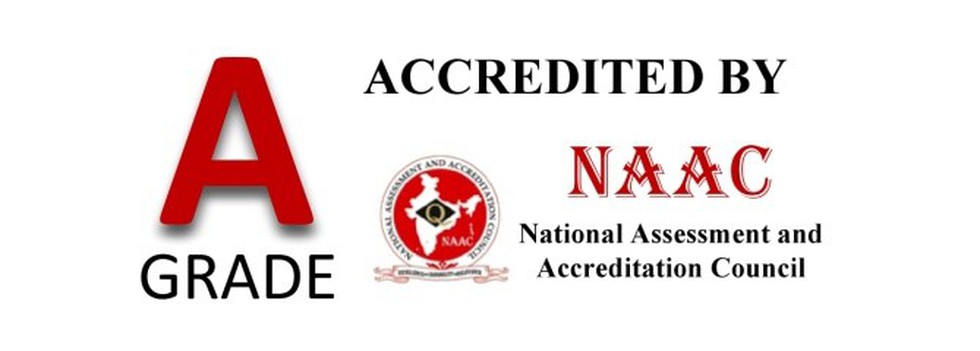
About National Assessment and Accreditation Council (NAAC):
- NAAC was established in 1994 as an autonomous institution of the University Grants Commission (UGC).
- Head Quarter: Bengaluru.
- Function: Evaluation, assessment, and accreditation of Higher Education Institutions (HEIs) in the country.
- Assessment is a performance evaluation of an institution and its units and is accomplished through a process based on self-study and peer review using defined criteria.
- Accreditation refers to the certification given by NAAC, which is valid for a period of five years.
- The ratings of institutions range from A++ to C. If an institution is graded D, it means it is not accredited.
- At present, the Assessment and Accreditation by NAAC is done on a voluntary basis.
- Composition:
- It functions through its General Council (GC) and Executive Committee (EC), comprising educational administrators, policymakers, and senior academicians from a cross-section of the Indian higher education system.
- The Chairperson of the UGC is the President of the GC of the NAAC.
- The Chairperson of the EC is an eminent academician nominated by the President of GC (NAAC).
- The Director is the academic and administrative head of NAAC and is the member-secretary of both the GC and the EC.
- NAAC is advised by the advisory and consultative committees constituted from time to time.
Key Facts about University Grants Commission (UGC):
- It came into existence on 28th December 1953 and became a statutory Organization of the Government of India by an Act of Parliament in 1956.
- Objective: Coordination, determination, and maintenance of standards of teaching, examination, and research in university education.
- UGC provides recognition to universities in India and disburses funds to such recognized universities and colleges.
8. NASAMS (National Advanced Surface-to-Air Missile System)
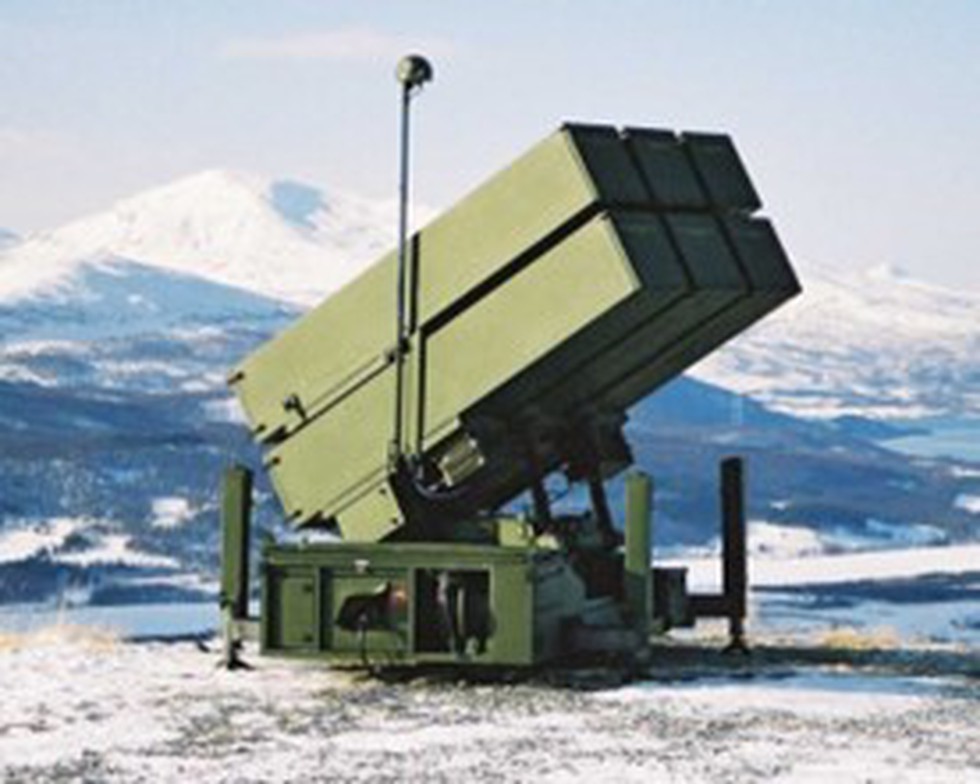
About NASAMS (Norwegian Advanced Surface-to-Air Missile System):
- It is a medium-range ground-based air defense system.
- It is designed to engage air targets at low and medium altitudes in all weather conditions.
- It was designed and developed jointly by Raytheon (United States) and Kongsberg Defence&Aerospace (Norway).
- It is used by Norway, the United States, Canada, Chile, Finland, Indonesia, Netherlands, Oman, Qatar, Spain, the United Kingdom, and Ukraine.
- It is best suited to defend important stationary assets, such as key military assets, infrastructure, or cities.
- It has been integrated into the S. National Capital Region’s air defense system since 2005.
- Features:
- It is the world's first networked short- and medium-range air defense system that could integrate with other equipment and air defense systems.
- It features an X-Band, 360-degree phased array air defense radar with a 75-kilometer (approximately 47-mile) range to identify targets.
- The NASAMS is armed with three launchers, each carrying up to six missiles.
- The system can engage 72 targets simultaneously in active and passive modes.
- It uses AIM-120 AMRAAM air-to-air missiles, which have been modified for ground launch and have an engagement range of about 30 kilometers.
9. Katarniya Ghat Wildlife Sanctuary
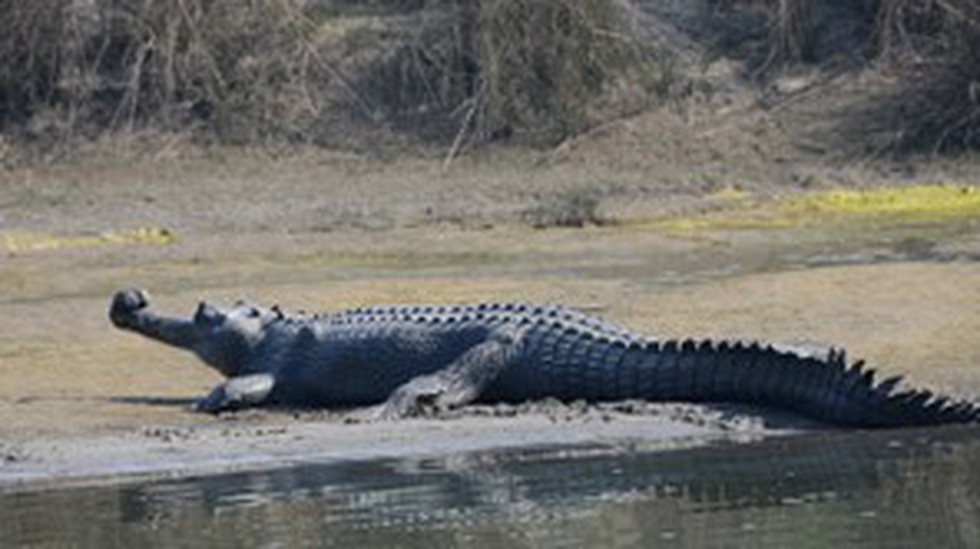
About Katarniya Ghat Wildlife Sanctuary:
- Location: It is situated in the Upper Gangetic plain falling in the Terai of Bahraich district of Uttar Pradesh.
- It is part of the Dudhwa Tiger Reserve.
- The Katerniaghat Forest provides strategic connectivity between the tiger habitats of Dudhwa and Kishanpur in India and the Bardia National Park in Nepal.
- Ecosystem: Its fragile Terai ecosystem comprises a mosaic of sal and teak forests, lush grasslands, numerous swamps, and wetlands.
- Girwa river flows through the sanctuary, which is one of the best places in the world for seeing the Gharial (Critically Endangered) in its natural habitat.
- Climate:
- The whole of the area is subject to the climatic variations typical of the plains of Northern India with their extremes of heat and cold.
- The average annual rainfall is about 1300 mm.
- During the hot weather, there are often strong west winds and mild hurricanes from the north and west accompanied by showers.
- Flora: It is dominantly Sal Forestwith its associated tree species like Terminalia alata (Asna), Lagerstroemia parviflora (Asidha), Adina cordifonia (Haldu), Mitragyna parpiflora (Faldu), etc.
- Fauna: It is home to a number of endangered species, includinggharial, tiger, rhino, Gangetic dolphin, Swamp deer, Hispid hare, Bengal florican, the White-backed and Long-billed vultures.
What is Albinism?
- Albinism is a genetic disorder that results in decreased production of a pigment called melanin in the skin, hair, and eyes, resulting in light color or no color.
10. What is IITR00693?
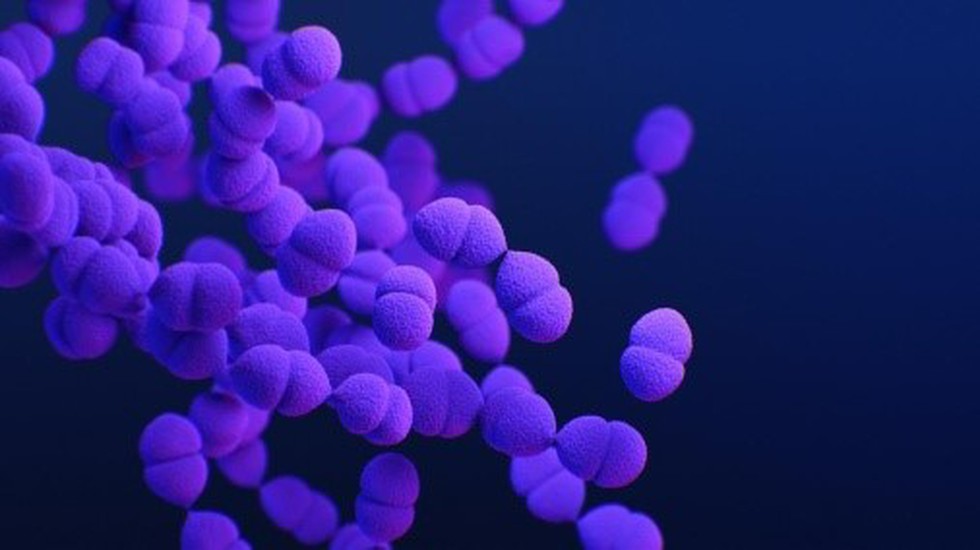
About IITR00693:
- It is a novel antibacterial small molecule.
- It has shown potent antibacterial activity against a wide range of Gram-positive and Gram-negative bacteria, including some of the most problematic drug-resistant strains.
- IITR00693 acts like a dual sword; it not only strikes down the most stubborn bacteria but also prevents the emergence of resistance, ensuring that it remains effective for generations to come.
- It enhances the activity of antibiotics that are used in the treatment of bacterial infections.
- It potentiates the activity of polymyxins against two notorious multidrug-resistant skin-infecting pathogens, Staphylococcus aureus, and Pseudomonas aeruginosa.
What are Gram-positive and Gram-negative bacteria?
- Gram-positive bacteria:
- They show blue or purple after gram-staining in a laboratory test.
- They have thick peptidoglycan cell walls.
- They do not have a protective outer membrane.
- Gram-negative bacteria:
- They show pink or red on staining.
- They have thin peptidoglycan cell walls.
- They have an outer membrane.
- They release different toxins and affect the body in different ways.





























































































































































.png)
.png)
.png)
.png)
.png)


.png)
.png)
.png)





.png)
.png)






.png)
.png)
.png)
.png)
.png)
.png)
.png)
.png)
.png)

.png)







.png)
.png)


.png)
.png)
.png)


.png)

.png)
.png)





.jpg)

.png)
.png)


.png)

.png)
.png)
.png)

.jpg)

.jpg)


.png)

.png)
.png)
.png)
.png)
.png)
.png)
.png)
.png)
.png)
.png)




.png)

.png)





.png)
.png)
.png)
.png)
.png)
.png)
.png)
.png)
.png)
.png)
.jpg)
.jpg)

.png)
.png)
.png)
.png)
.png)
.png)
.png)
.png)
.png)
.png)
.png)
.png)
.png)
.png)
.png)
.png)
.png)
.png)
.png)
.png)
.png)
.png)



.png)
.png)

.jpg)
.jpg)


.jpg)
.jpg)
.jpg)
.jpg)
.jpg)

.jpg)








.jpg)
.jpg)
.jpg)
.jpg)
.jpg)














.jpg)
.jpg)







.jpg)


















.jpg)
.jpg)






























































































.jpg)
.jpg)


























.jpg)

.jpg)










.jpg)








.jpg)




.jpg)










.jpg)


















.jpg)












































.jpg)














.jpg)
.jpg)
.jpg)





.jpg)

.jpg)
.jpg)





































































.jpg)


































.jpg)
.jpg)
















































.jpg)












.jpg)


.jpg)




.jpg)
.jpg)
.jpg)

.jpg)
.jpg)
.jpg)
.jpg)

.jpg)
.jpg)
.jpg)

.jpg)
.jpg)
.jpg)
.jpg)
.jpg)
.jpg)
.jpg)
.jpg)

.jpg)


.jpg)
.jpg)
.jpg)
.jpg)
.jpg)
.jpg)
.jpg)
.jpg)
.jpg)
.jpg)











.jpg)
.jpg)





.jpg)
.jpg)
.jpg)
























.jpg)
























.jpg)









.jpg)
.jpg)







.jpg)
.jpg)









































.jpg)
.jpg)
.jpg)
.jpg)
.jpg)

.jpg)
.jpg)
.jpg)
.jpg)
.jpg)


.jpg)
.jpg)
.jpg)
.jpg)
.jpg)

.jpg)
.jpg)
.jpg)
.jpg)
.jpg)
.jpg)
.jpg)
.jpg)
.jpg)
.jpg)
.png)

.png)
.png)

.png)
.png)
.png)
.png)


.jpg)
.jpg)

.jpg)
.jpg)
.jpg)

.png)
.png)
.png)
.png)
.png)
.png)
.png)

.png)
.png)
.png)
.png)
.png)
.png)
.png)
.png)
.png)
.png)





































































-min.png)



.png)




.png)








































